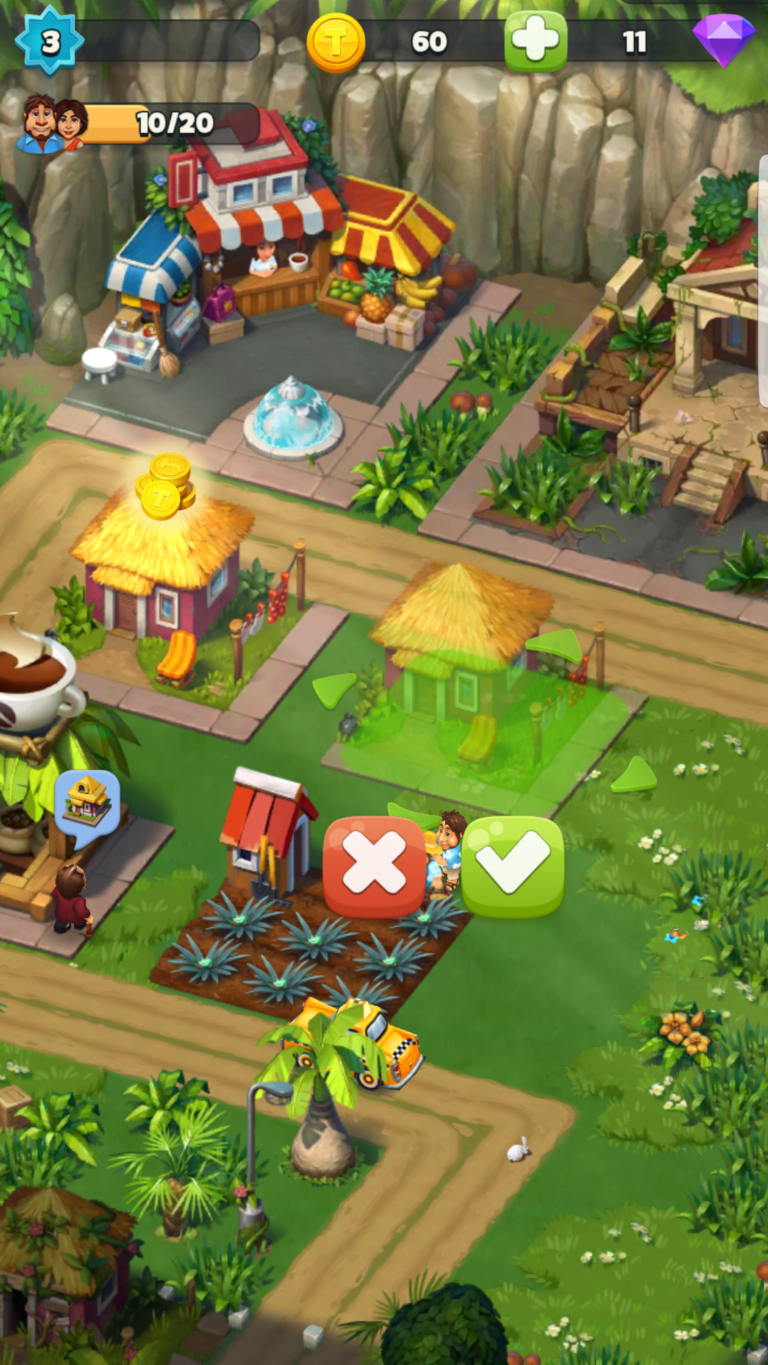
In 1833, a group of philanthropists established the Boston Farm School on the island. For much of the next two hundred years the island served as pastureland. In May of 1775, Colonial forces took control of the island and burned all buildings and crops.

In 1775, British forces occupied the Island during the Siege of Boston. In the years that followed Thompson’s death, settlers drained much of the marshland to improve the pasture area. The island, which had been called “Island of Trevour,” became “Thompson Island.” Thompson operated the trading post until his death in 1627. Thompson then resettled the island in 1626, after William Trevour had claimed it on his behalf. David Thompson established his trading post on the island in 1619 to trade with the Neponset Band of the Massachusett. Accompanied by Masconomo, the sagamore of Agawam, it’s possible that Masconomo shared his knowledge of the natural landscape during this time. David Thompson searched for a suitable trading post site in 1619.

Prior to European colonization, indigenous people accessed the island seasonally for thousands of years.

The island boasts salt marshes, a wetland, and remnants of fruit orchards. Today, the island is home to the Outward-Bound Education Center. It is both the closest island to Boston and one of the biggest islands in the harbor at 169.9 upland acres. Just under 4.5 miles away from Long Wharf sits Thompson Island.


 0 kommentar(er)
0 kommentar(er)
